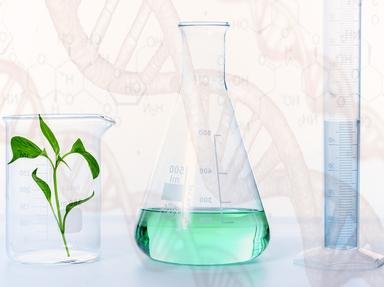Quiz Answer Key and Fun Facts
1. Heating fuels in the absence of air is called 'Destructive Distillation', as it 'destroys' it to form simpler substances. What do we get when we do the same to wood?
2. What is the main component of biogas and natural gas?
3. Which of these has the highest calorific value?
4. Coal is formed due to the process of
5. Which variety of coal contains the highest percentage of carbon?
6. What is the main constituent of coal gas?
7. What is the process used to separate the different components of oil?
8. What are the major constituents of petroleum gas?
9. Although petroleum gas is odourless, we can still detect LPG's leakage by smelling because a strong smelling substance called Tetra-ethyl Lead is added to it.(Hint: Where do we come across the word 'unleaded'?)
10. Which of these was first to have an oil well?
11. A primary fuel is that which is used in the same form as it occurs in nature. Which of the following is NOT a primary fuel?
12. Breaking of a larger hydrocarbon molecule into a smaller one by heating in the presence of a catalyst is called ___.
13. A propellant is the name given to a rocket fuel. An oxidizer is the substance that supports the burning of that fuel. The propellant used in Apollo 11 was Methyl Hydrazine. What was the oxidizer used?
14. With the following points, determine the name of the fuel:
1) It is the solid residue left behind after the destructive distillation of coal.
2) It is seldom used as a fuel, although it has a high calorific value.
3) It is a very good reducing agent and hence is used in the extraction of metals like iron from their ores.
4) Think Coca-Cola!
15. When CO2 is sprayed over a fire, it is extinguished. What is the primary role of CO2 in this?
Source: Author
namastheg
This quiz was reviewed by FunTrivia editor
Terry before going online.
Any errors found in FunTrivia content are routinely corrected through our feedback system.

